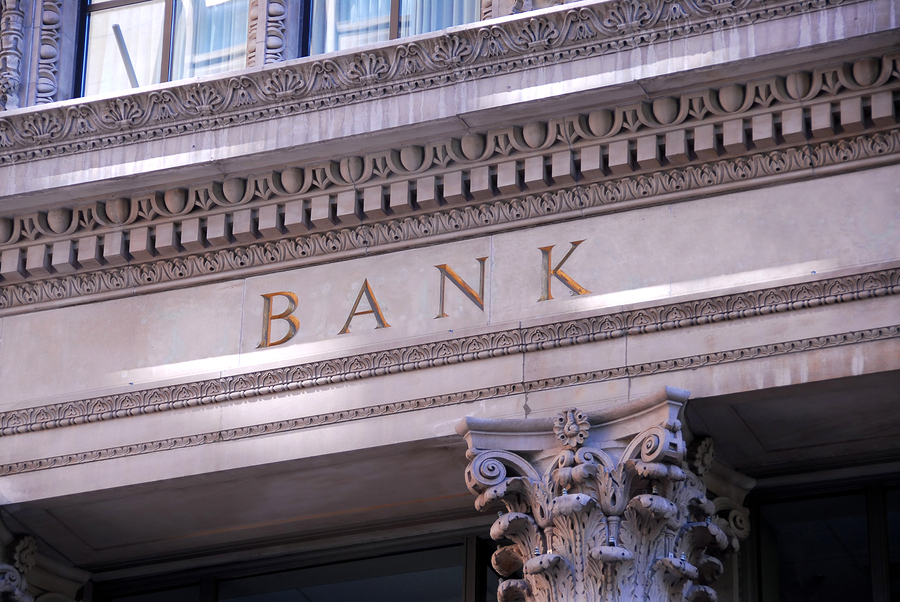View Sale Announcement Detail


Archived news

A rise in interest rates means banks need to start unloading their fixed rate and longer-term loan products.
It was bound to happen. Interest rates that have been hovering around historic lows since 2008, are now just starting to rise.
Yields on 10-year U.S. Treasurys have jumped to 2.417 percent from 1.85 percent since April this year, and 30-year fixed-rate mortgages were 4.26 percent as of July 8 - up from 3.59 percent this past February.
In light of such increases, investors, businesses and consumers will be faced with increased borrowing costs. But the feeling among financial experts is not one of fear, but one of optimism. While interest rates are starting to show signs of increasing, they're not believed to be on a steep climb in a hurry. The US and global economies will still be able to recover without any long-term damage.
Low Interest Rates Aren't Exactly Good For the Loan Portfolio of Banks
While borrowers may enjoy low interest rates today, these rock-bottom rates haven't exactly been entirely positive for the economy. Sure, homeowners have benefited from mortgage lending thanks to low rates, and banks have booked fees from their skyrocketing mortgage businesses as borrowers refinanced their homes to reduce their rates. But the rush to refinance is slowing down, and the lucrative associated fee income that lenders have been earning over the past few years has all but dried up.
Low rates also put a hamper on incentives to invest, considering the smaller return. It's more challenging for banks to turn a decent profit with low fixed rates, which puts them in a position to seek profits in other ways. Loans with very low interest rates will remain on the balance sheet for years and years, which isn't good for margins. Simply taking deposits and generating loans doesn't quite work that well with low rates and margins. Banks have seen interest margins erode over the last several years, even as underlying index rates are at historic lows.
Banks rely a great deal on net interest margins - the difference between interest made from loans minus interest paid on deposits. And the little profit that banks used to earn on fees has pretty much been wiped out by financial regulations.

Banks need to start shifting their loan portfolio towards shorter-term assets as rates start to rise.
Instead, rising rates are actually a healthy sign that U.S. and European economies are getting stronger. It's a sign that consumers are opening their wallets more, and businesses are opening up more job opportunities. Finally, global economies are starting to balance out.
Investors have more incentive to lend, as higher rates will provide higher returns after the last seven years of marginal profits because of significantly low rates. Businesses and consumers will only be faced with comfortably higher loan payments.
With a gradual and methodical increase in rates, the market can more easily and effectively adjust.
What banks need to do is start unloading their low interest rate, long-term loan assets, while prices are still attractive, in favor of purchasing shorter-term and adjustable rate assets and loans. As the interest rates continue to rise, there's more money to be made, even with shorter terms.
Garnet Capital - Helping Banks and Lenders Shift Their Balance Sheets in Favor of Higher-interest Loans
Banks and other lenders certainly stand to make more profit with more short-term, higher interest loans and assets as opposed to longer-term assets. At Garnet Capital, we're in the business of helping banks shift their balance sheets and navigate through this adjustment process in a streamlined manner.
To learn more about how Garnet Capital can help your bank or lending institution capitalize on the rise in interest rates and shift to a loan portfolio with more short-term, higher interest assets, contact us at GarnetCapital.com today.

